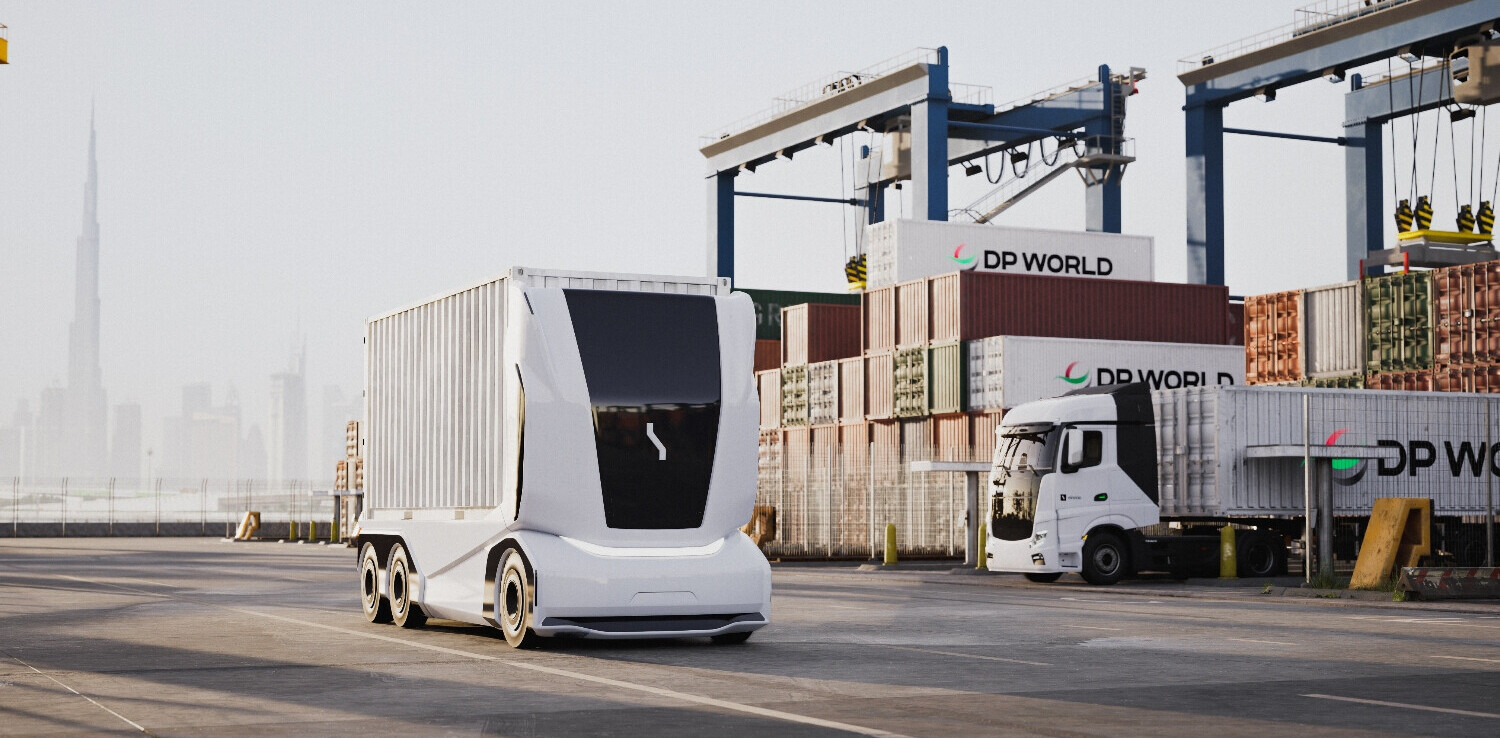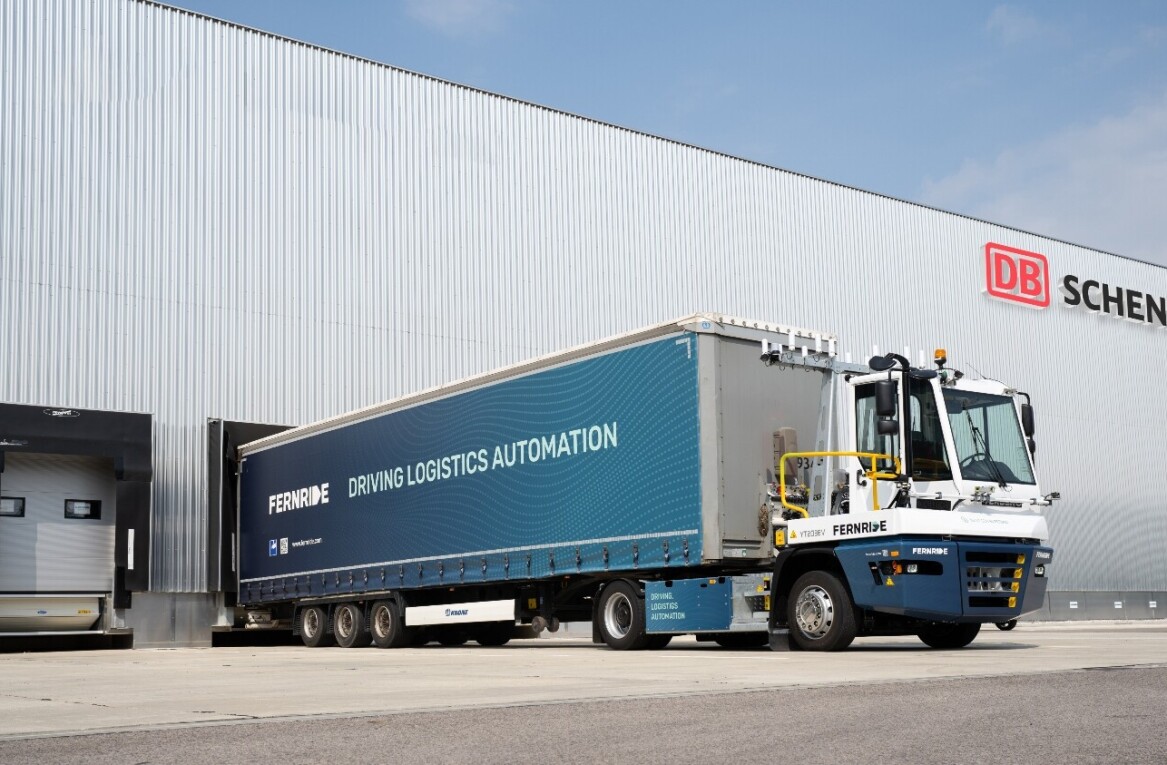In the first six months of 2021, more than 20,000 people died in car accidents in the US alone, the majority of which was attributed to dangerous, distracted, or drunk driving.
But what if advanced technology could eliminate human weaknesses? Could we then make zero deaths possible?
The latest research by Neural Propulsion Systems (NPS) thinks so. It posits that new technology can actually enable vehicles to eliminate roadway deaths — with or without human supervision.
And we’re not talking about a far-off future where super-smart autonomous vehicles occupy the roads. No, we’re talking about the here and now.
But before we get to the tech itself, let’s first go through the basic requirements that would enable this lofty goal:
The three premises for zero accidents
- Roadway users never collide.
- Vehicles always stay on the road.
- Vehicles always stay upright.
What does this require from a vehicle?
First off, this means that a car’s advanced driver assistance system (ADAS) — or autonomous tech — needs to have 100% awareness of its surrounding environment at all times.
It also means that the vehicle’s vision needs to be highly precise even in the worst conditions, think darkness, fog, buildings, and other obstructions.
Most importantly though, the data collected by the car’s sensors needs, in turn, to be analyzed extremely fast to provide a sufficient safety margin for action.
Specifically, NPS has calculated that this requires sensing and processing a peak data rate of 100x10¹² bits per second (100 Terabits per second).
That’s 10 million times greater than the sensory data rate our eyes provide to our brains.
What kind of tech do we need?
To sense and process the required information we need the following:
- Multi-band radar, combining lower-band radar (bigger range, but lower resolution) and higher-band radar (smaller range, but higher resolution) capabilities.
- Solid state LiDAR, which can precisely scan the long-range field of view (FOV).
- SoC processors, providing the necessary computing power to process the combined rate of 100 Tb/sec.
- And digital maps, feeding the required road information.
Plus, NPS has included something called “Atomic Norm,” a new mathematical framework, recently discovered by researchers at Caltech and MIT.
The company has redeveloped the Atomic Norm into algorithms, tailored specifically for radar, LiDAR detection, and signal processing. As a result, it allows massive amounts of data crunching, enabling the vehicle to sense its surroundings well enough to eradicate roadway deaths — something it can do without human intervention.
Can all these actually work?
In 2021, NPS built a pilot-scale prototype platform, consisting of the hardware and software described above, and then tested it at an airfield in California.
The experiments were successful and, according to the company, they proved that 100 Tb/sec sensing is actually viable. In other words, the technology necessary to eliminate road accidents already exists.
Now, NPS is looking for ways to scale up its product and plans to team up with ADAS and autonomous driving system developers, telematics companies, and government agencies to make zero roadway fatalities a reality.
The fact we’re even talking about such a thing shows just how impressive technology can be. And if this system hits the market, it’s mindblowing to think of the impact it could have on the world.
Get the TNW newsletter
Get the most important tech news in your inbox each week.






